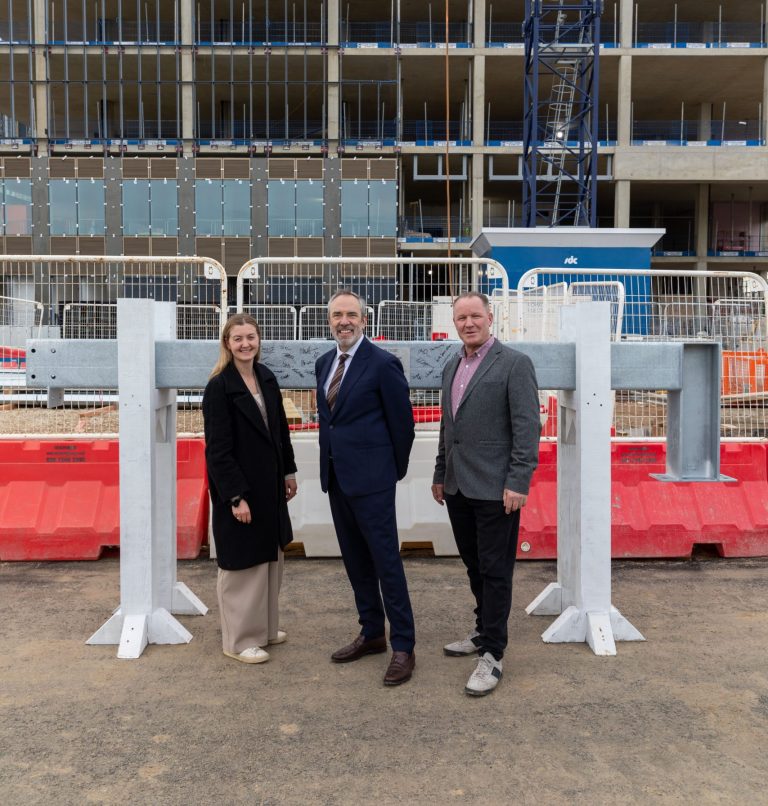ARC Building Solutions (ARC), the market leading provider of passive fire protection and thermal solutions for the built environment, has secured a significant investment from LDC, the leading private equity investor which is part of Lloyds Banking Group. Based in Leeds, ARC manufactures certified and tested cavity barriers, offering up to four hours of fire integrity, alongside thermal insulation products that support fire safety and energy efficiency. Its technical system solutions enable residential and commercial property developers to create safer, more sustainable spaces for people to live and work. Founded in 2008, ARC has achieved consistent, long-term growth, supported by strong demand for safety critical and environmentally sustainable solutions. LDC is backing ARC’s management team, led by CEO Neil Weeks, and will support the business’ growth strategy. This is underpinned by investment in increased production capacity, enhanced systems, and sales and support teams to continue to deliver a market leading service to its customer base. The investment was led by LDC’s Yorkshire team, including Investment Director, Will Scales, Partner and Head of Yorkshire, Dan Smith, and Investment Executive, Connie Smith. Following the investment, Will Scales and Dan Smith will join ARC’s board as Non-Executive Directors, alongside Kevin Sargeant who joins as Non-Executive Chair. Kevin brings nearly 30 years of board experience, including former roles at Volution, Ventilair Group, Nuaire, Flexicon and Aqualisa. Newable, the specialist UK SME investor who has supported the growth of the business since 2019, will reinvest alongside LDC. Neil Weeks, CEO of ARC, said: “This is an important milestone in our mission to help the built environment to deliver more safe and sustainable buildings. We’ve known the LDC team for some time and are confident that with their backing, we will have the firepower and strategic support we need to scale our growth and continue to deliver for our customers.” Will Scales, Investment Director at LDC, added: “ARC has built an exceptional reputation for developing innovative, high-performance building safety products that are trusted by customers, and the business has an exciting future ahead. As part of Lloyds Banking Group, we have deep heritage in the built environment, and we’re looking forward to working closely with Neil and the team as they turn their ambitions into reality.” In the last decade, LDC has invested £660m into 35 industrials businesses, with a combined enterprise value of £1.9bn. It has made successful investments across key sub sectors including building products, automotive, aerospace, chemicals, packaging, manufacturing, and energy and renewables. In May 2024, LDC invested in Integrated Doorset Solutions (IDSL) Group, the leading testing, inspection, certification and compliance business in the fire door sector. Newable and the ARC management team were advised by Momentum Corporate Finance and CMS. LDC was advised by RSM, Shoosmiths, Dow Schofield Watts, PMSI and Collinson Grant. Building, Design & Construction Magazine | The Choice of Industry Professionals













